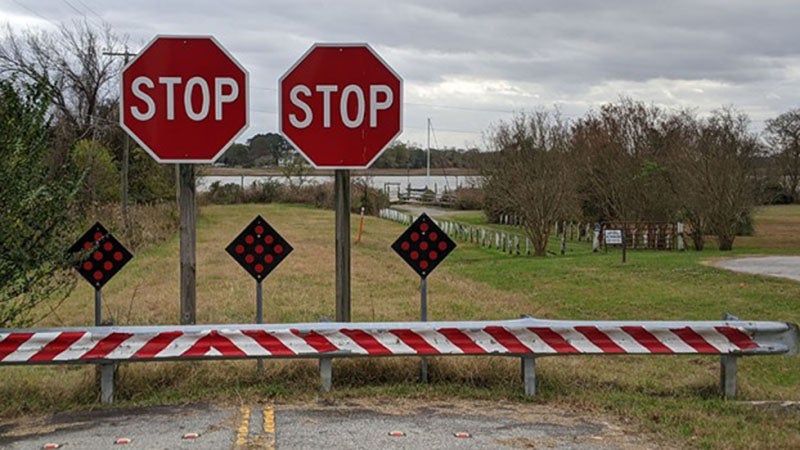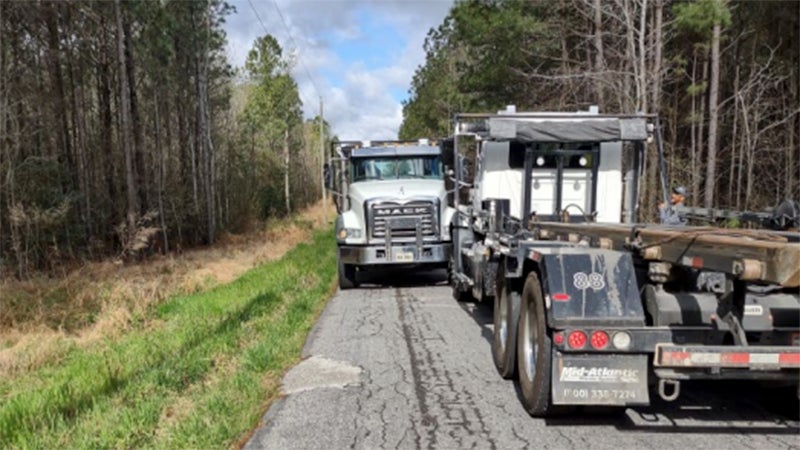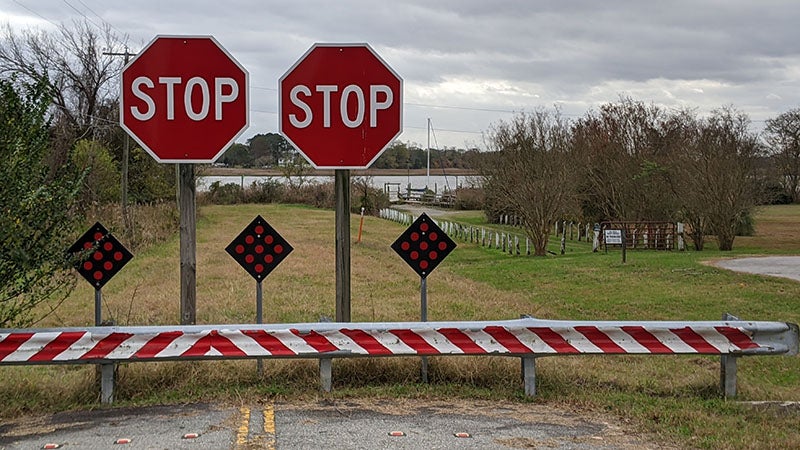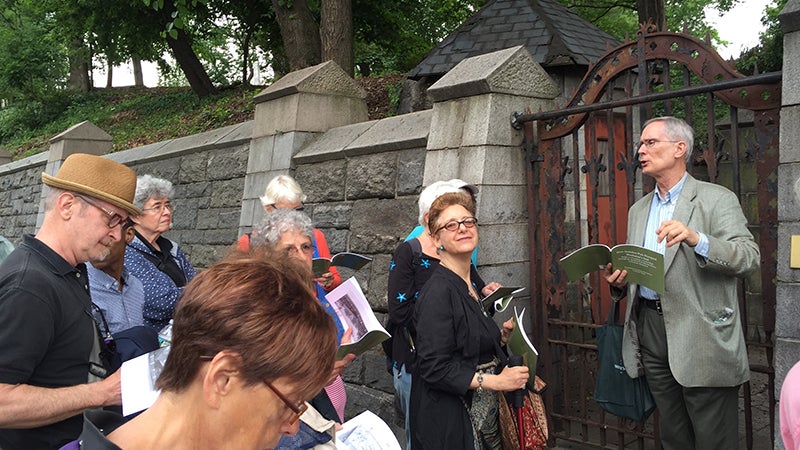Tribe gets land back
Published 10:30 pm Wednesday, November 17, 2010
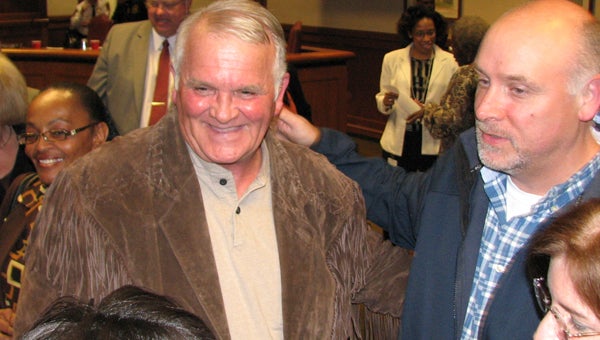
Nansemond Indian Tribe Chief Barry Bass, in brown jacket, receives congratulations from supporters after City Council voted to transfer part of the tribe's ancestral land back to the tribal association.
After more than 350 years, the Nansemond Indian Tribe finally has its ancestral land back.
Dozens of supporters cheered, clapped, raised their hands and wept tears of joy after City Council voted 7-1 in favor of transferring some of the tribe’s native land in Lone Star Lakes Park back to the tribal association. It marked what is believed to be one of the first five times in history a municipal government in America has returned native land to the area’s first inhabitants.
Afterward, Chief Barry Bass described his feelings during the public hearing as “knotted up.”
“You do this so many times,” he said, referring to the 10-year effort to obtain the land. “I had my feeling it was going to happen, but — we’ve been there before.”
The tribal association plans to use the land to construct an authentic Indian village — called Mattanock Town — with displays and attractions, nature trails, a museum and gift shop, a tribal center, powwow grounds and reburial grounds. The tribe envisions the village as an educational resource and tourist attraction.
“It’s been a 10-year struggle, but we’ve never lost focus on the project,” Assistant Chief Earl Bass said after the hearing. “It’s going to be amazing.”
The Nansemond tribe originally settled along the Nansemond River. In 1608, the first attack on the Nansemonds by English settlers was documented, and by around 1650, the remaining members of the tribe had given up their land on the Nansemond River and moved south after being surrounded by English settlers.
All seven speakers during the public hearing spoke in favor of the project. The proponents included members of the tribe as well as ordinary citizens — both black and white — something Earl Bass credited with helping make the transfer a reality.
“I really appreciate the diverse support,” he said.
Mayor Linda T. Johnson, a longtime supporter of the project, joined six of her colleagues in voicing support for the project before the vote.
“I have never been prouder of a vote than the one we’re about to take,” she said as her hand reached for the “Yes” button.
Councilman Charles Brown, who in 2007 was one of two votes against the project that prevented it from moving forward then, chimed in with his support.
“I will be one of your best advocates,” Brown said, directly addressing Bass from his seat on the platform. “He never gave up. Everything that we asked of you, you have done that.”
Councilman Leroy Bennett, the other dissenting vote in 2007, did not change his mind. After expressing concerns about who will pay for traffic improvements on Godwin Boulevard, he voted once again to deny the transfer of land.
Councilman Charles Parr was ready with a response to Bennett’s objections.
“I don’t know that you want to put a superhighway to a project that’s supposed to be [ecologically] friendly,” Parr said.
The tribal association agreed to a number of terms and conditions on the transfer, including a prohibition on gambling and gaming, a stipulation that the tribe pay for all on-site infrastructure improvements, a promise to use the land primarily for purposes of educating the public about American Indian culture and heritage, and a clause that states the land will revert to the city if the project is not complete in five years.


